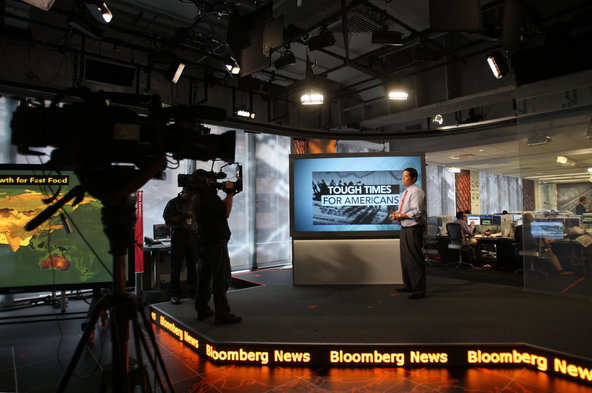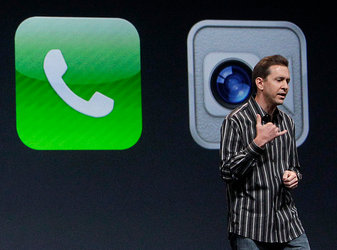“Receipts! Receipts!” calls out a woman in her 30s to passers-by as her two children play near the city’s south train station. “We sell all types of receipts.”
Buyers use them to evade taxes and defraud employers. And in a country rife with corruption, they are the grease for schemes to bribe officials and business partners. Making them and using them is illegal in China. Some people have been executed for the crime. But demand is so strong that a surprising amount of deal-making takes place out in public.
It is so pervasive that auditors at multinational corporations are also being duped. The British pharmaceutical company GlaxoSmithKline is still trying to figure out how four senior executives at its China operation were able to submit fake receipts to embezzle millions of dollars over the last six years. Police officials say that some of the cash was used to create a slush fund to bribe doctors, hospitals and government officials.
Signs posted throughout this city advertise all kinds of fake receipts: travel receipts, lease receipts, waste material receipts and value-added tax receipts. Promotions for counterfeit “fapiao” (the Chinese word for an official invoice) are sent by fax and through mobile phone text messages. On China’s popular e-commerce Web site, Taobao.com, sellers even promise special discounts and same-day delivery of forged receipts.
“We charge by percentage if you are looking for invoices written for a large amount of money,” said one seller in an interview, quoting 2 percent of the face value of the receipt as his fee. Another seller boasted, “I once printed invoices totaling $16 million for a construction project!”
Detecting fake or doctored receipts is a challenge for tax collectors, small businesses and China’s state-run enterprises. While there are no reliable estimates of how much money is involved in the trade, as China’s economy has mushroomed and grown more sophisticated, so has the ability to falsify receipts.
With considerable tax revenue at stake, the Chinese government has announced periodic crackdowns. In 2009, the authorities said they detained 5,134 people and closed 1,045 fake invoice production sites. A year later, they said they “smashed” 1,593 criminal gangs and raided 74,833 enterprises that had filed false invoices with the government.
In one of the biggest cases this year, a businessman in Zhejiang province was jailed for helping 315 companies evade millions of dollars in taxes by issuing fake invoices, a crime sometimes punishable by death.
That could be the fate of Liu Baolu, a government official from northwest China’s Gansu province. In February, he was sentenced to death with a two-year reprieve for using fake receipts to embezzle millions of dollars.
As harsh as the crackdowns sound, experts say they are often ineffective. One reason, analysts say, is that even government officials take part in black market activity. In 2010, for instance, the National Audit Office said it caught central government departments embezzling $21 million with fake invoices.
And state employees, whether they work for government agencies or state-owned enterprises, seem as eager as anyone else to bolster their compensation by filing fake invoices.
“Their salaries are relatively low,” said Wang Yuhua, an assistant professor of political science at the University of Pennsylvania and the author of a study on bribery and corruption in China. “So they supplement a lot of it with reimbursements. This is hard to monitor.”
China’s fapiao system took root in the late 1980s and early 1990s, when the government began requiring companies to use official receipts issued by the tax authorities for every business transaction. The receipts usually come with a number and government seal.

Article source: http://www.nytimes.com/2013/08/04/business/global/coin-of-realm-in-china-graft-phony-receipts.html?partner=rss&emc=rss



